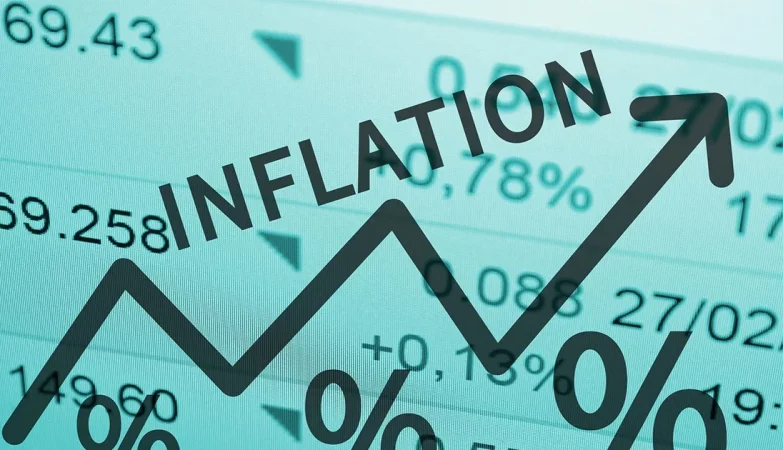One of the best ways today to diversify a portfolio is with renewable energy stocks, which can be purchased through an online broker, or by buying exchange-traded funds (ETFs) that track those firms.
Our results show that increased certainty about green policies can contribute millions to the increase of risk-return characteristics of renewable firms. Their reliance on scarce green metals negatively affect both volatilities and returns.
Industry growth rates
On the flip side, with global investment trending away from fossil fuels, renewable energy stocks will see an increase in interest from investors. Investors can expect significant returns on this shift; but an increase in interest rates and inflation can also have a negative impact on profitability.
But, despite these challenges, the prospects for the clean energy industry continue to look good. Not only have technological improvements continued to benefit these companies, but supportive policies should make renewable energy investments a sustainable growth story.
Advocacy by local environmental organisations can rally public opinion behind renewables – and politicians might be nudged towards prioritising climate action – thereby increasing spending on renewables; these investments can achieve decarbonisation by circumventing or mitigating externalities linked to fossil fuels, thereby driving down the price and cost-effectiveness of renewables while cementing their viability in the long-term.
Market size and penetration
Some renewable energy companies provide buyback programmes that offer you the option of reinvesting your cash dividends into the company, acquiring incremental shares to build your stake over time. Keep a constant eye on your local tax rates and rules to make the most of these opportunities.
Such a view remains far out of step with public opinion, which is solidly in favour of investing in renewables. According to a series of public opinion polls taken since the middle of this year, 67 per cent of Americans ‘believe the country should invest more in developing renewable sources of energy over expanding fossil fuel production’, and most say we should reduce carbon emissions from power plants no later than 2040.
Renewable energy stocks are a good example of assets that are a response to the market forces stemming from investors’ fatigue (because they combine transcendental motivation with investing that has a real-world positive effect, helping to mitigate climate change), while at the same time the investment itself is subject to fatigue effects (too much, too soon is likely to lead to poor returns).
Government regulations
The fortunes of clean energy stocks will be determined to a great extent by government policies. These can be used to stimulate the growth of the sector, for instance, by providing subsidies and tax breaks for investment or by giving renewable energy an advantage over that of fossil fuels. On the other hand, changing those policies could damage the industry and make it less attractive for investors.
Other possible risk factors for renewable energy stocks could be greater competition, as well as technical challenges, and their capital-intensive nature could see increased leverage and lower profit for some of the companies; their intermittent characteristics could make it difficult to blend in to the existing grid. When investing, research the market first before jumping in: for a balanced portfolio, diversify your investments as much as possible to keep risks to a minimum!
Direct stock purchase plans
Renewable stocks are a great way of investing in that trend, and also addressing climate change. Financial performance is an important criterion here, as well as industry trends.
With Direct Stock Purchase Plans or DSPPs, an investor could acquire shares directly from the company (thereby avoiding brokers), with price discounts and dividend reinvestment incentives. Such plans could also improve shareholder-company communication.
Likely the best example is the stock of LDK Solar (LDK), which makes multicrystalline silicon wafers used in solar cell production. At current prices, the stock trades at eight times 2009 consensus earnings estimates.
Fractional shares
One advantage of fractional shares is that it gives investors to buy fractional portions of whole shares of some of the biggest stocks and exchange-traded funds (ETFs) at lower-than-usual costs, which is great for those of us who don’t have a lot of cash but want to start investing or get some exposure to ESG stocks or foreign markets with just a little capital. With any investment, though, remember to review your costs, as well as the rules in terms of when you can trade.
Many online brokerages offer fractional share investing. Some offer share reinvestment plans so that investors can slowly ramp up their positions and reap the combined effects of compound returns. Some brokerages charge no or low trading commissions when trading fractional shares.
Renewable energy rents may be a great way to reduce your carbon impact and invest in ‘greening’ the economy, but understanding your investing risk capacity vs tolerance is absolutely crucial before you decide to buy one stock instead of another based on financial goals, risk tolerance and portfolio needs.








